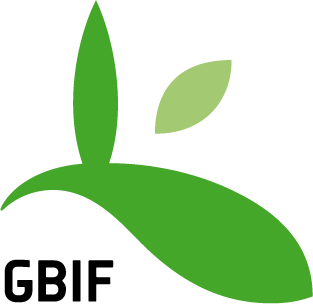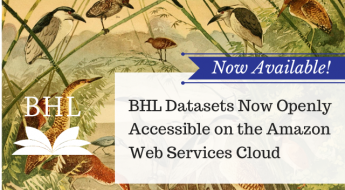 The Biodiversity Heritage Library has joined the Global Biodiversity Information Facility (GBIF) as an Associate Participant. GBIF operates through a network of global nodes to develop and maintain an open data infrastructure for sharing digital biodiversity data. As an Associate Participant, BHL will encourage open access and use of biodiversity data among its stakeholders and actively participate in the implementation of the GBIF Work Programme.
The Biodiversity Heritage Library has joined the Global Biodiversity Information Facility (GBIF) as an Associate Participant. GBIF operates through a network of global nodes to develop and maintain an open data infrastructure for sharing digital biodiversity data. As an Associate Participant, BHL will encourage open access and use of biodiversity data among its stakeholders and actively participate in the implementation of the GBIF Work Programme.
“BHL provides open and free access to over 250 years of biodiversity information via web services and open APIs,” said Martin Kalfatovic, BHL Program Director. “As a growing global consortium of biodiversity-related libraries and through cooperation with other biodiversity institutions, we are constantly working to refine BHL content and services to address the need for biodiversity literature. Through participation in GBIF, BHL will be able to share our own expertise, gain new competencies, and collaborate with new communities to ensure that the breadth of biodiversity knowledge is available to everyone, everywhere.”
GBIF participants include countries, intergovernmental and international organizations, and organizations with an international scope that seek to share data under common standards, inform and implement the GBIF strategic plan, and invest in tools, services, and capacity building within biodiversity information frameworks. To date, over 90 participants have signed the GBIF MOU.
About GBIF
The purpose of GBIF is to promote, co-ordinate, design, enable and implement the compilation, linking, standardization, digitization and global dissemination and use of the world’s biodiversity data, within an appropriate framework for property rights and due attribution. GBIF works in close co-operate with established programmes and organisations that compile, maintain, and use biological information resources. The Participants, working through GBIF, establish and support a distributed information system that enables users to access and utilize considerable quantities of existing and new biodiversity data. Learn more: http://www.gbif.org/.





Leave a Comment